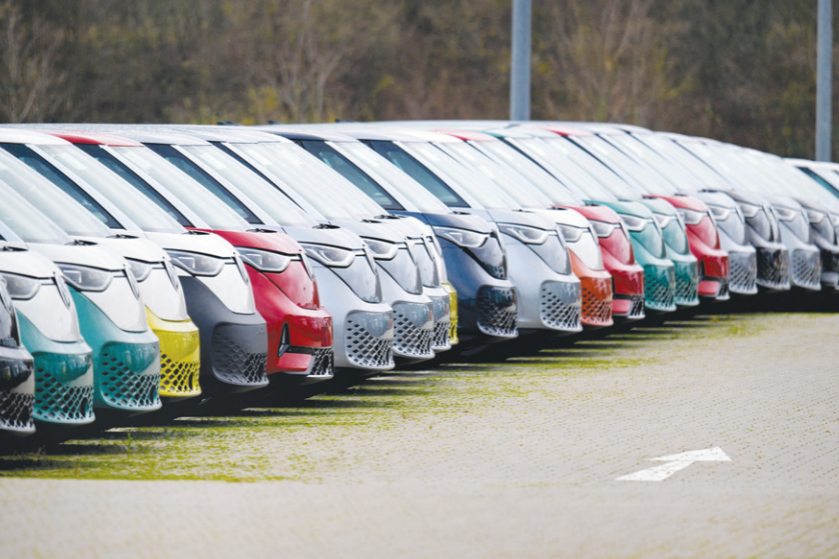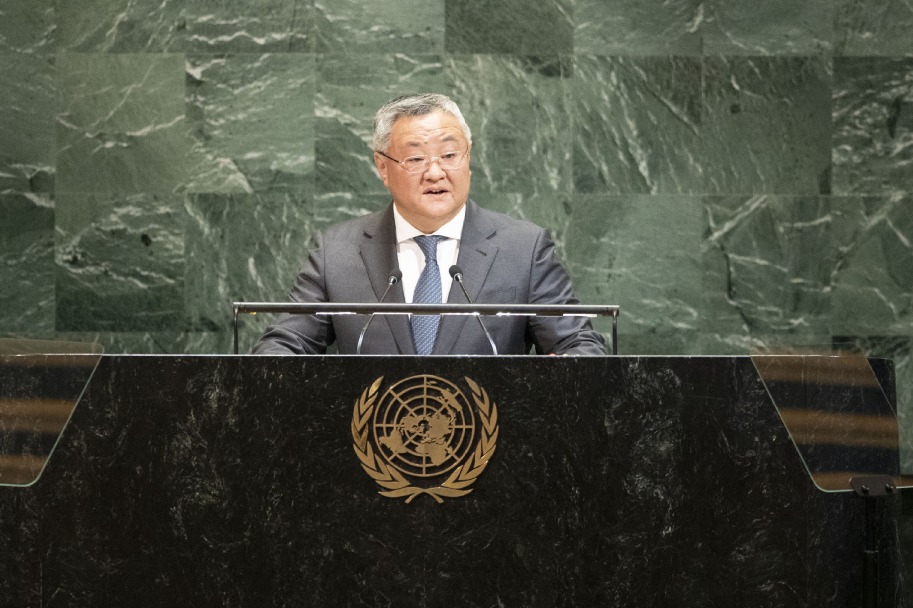A circular economy can be used as engine for growth


Plastics are cheap, lightweight and easy to make. Yet a boom in the production and use of plastics has contributed to a huge quantity of waste in the oceans, proving fatal for creatures large and small.
The Association of Southeast Asian Nations, which includes Indonesia, the Philippines, Vietnam, Thailand and Malaysia, collectively generates 8.9 million tons of mismanaged plastic waste every year. Indonesia, for instance, contributes 3.2 million tons, with half of it ending up in the seas.
Addressing these concerns, leaders from ASEAN adopted in June the Bangkok Declaration on Combating Marine Debris in ASEAN Region. They also welcomed the ASEAN Framework of Action on Marine Debris, which includes the development of national and regional action plans to prevent and reduce marine debris in the ASEAN region.
Only 9 percent of the world's 9 billion tons of plastics that are produced are recycled. If the current consumption and waste management practices continue, there will be about 12 billion tons of plastic waste in landfills and oceans by 2050.
If the production continues at the same rate, then the plastics industry may account for 20 percent of the world's total oil consumption, thus contributing to climate change.
Earlier this year, Thailand began to implement policy frameworks aimed at introducing a blanket ban on several types of plastics by 2025. The policy road maps coincide with recent private sector efforts to implement their own recycling measures.
These efforts resulted in innovations like the use of plant-based and biodegradable polymers, as well as improved technologies for recycling plastic and reducing plastic toxicity, thus laying the foundation for a circular economy-an economic system that aims at eliminating waste and the continual use of resources.
Three building blocks support the circular economy: material and product design, new business models, and enabling policy conditions.
Due to several existing barriers, the transition to a circular economy in ASEAN has been very slow. A recent study on the circular economy by the Economic Research Institute for ASEAN and East Asia found that businesses, in particular, were hampered by barriers to increasing resource efficiency through a circular economy approach. These barriers are institutional, organizational, behavioral and market-based, all combining into a web of constraints.
A wider range of policy measures is needed at various levels, including changes in the regulatory framework, public spending and consumer engagement.
The circular economy for plastics requires a cross-sectoral effort, built around people's needs, and should be built together with companies and local governments.
A large number of prevailing policies can contribute to circular economy objectives. Existing policies related to waste, resource efficiency, extended producer responsibility, eco-design and green labeling are of high significance. This is because product design and reusable content can trigger changes in the production process that are beneficial for product reuse and remanufacturing.
A major concern, however, is that these policies can often conflict with each other. For instance, companies that want to use recycled plastic materials in their products may still choose alternative virgin materials because of uncertainties about whether recycled materials will comply with the existing standards for eco-labeling.
Between 2016 and 2018, ASEAN saw plastic waste imports grow by 171 percent, from 836,529 tons to 2.27 million tons. This came after China's announcement in 2017 that it would stop accepting imports of certain classes of waste that come from recycled streams in other parts of the world.
This implies that a big part of the policy task for ASEAN in the coming years is to review and address conflicts among existing trade policies on imports and demand for primary materials, recycling of secondhand products, and harmonization of quality standards.
One element of the circular economy seems largely undisputed: It helps to minimize the environmental and economic impact of resource scarcity.
In light of increasing raw material supply risks and emerging signs of scarcity, improving the productivity of materials is a crucial competitive response. For these reasons, ASEAN and East Asian governments such as those of China, Japan and South Korea should look at the circular economy model not only to hedge against resource scarcity, but also as an engine for innovation and growth.
The author is senior economist at the Economic Research Institute for ASEAN and East Asia based in Jakarta. The views do not necessarily reflect those of China Daily.































